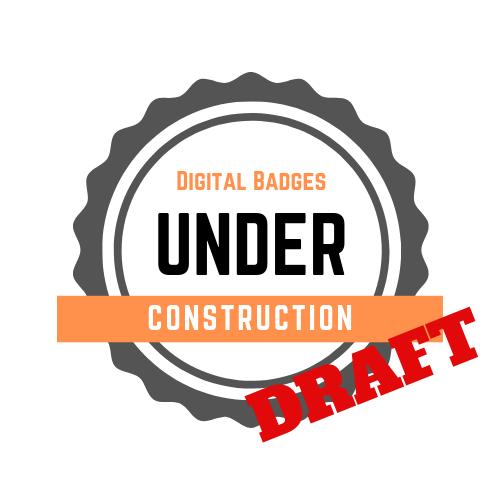
This semester, I have shifted the focus for EDU 807 to begin immediately with more critical perspectives on educational technology. Over the past year, I have encountered the work of Neil Selwyn, and I am particularly interested in his 2014 book, Distrusting Educational Technology: Critical Questions for Changing Times. As a way to share some of my initial thinking on the book for my EDU 807 students, I plan to blog about it while we read together this semester.
As I initially read the ebook, I immediately appreciated his perspective. He argues in the fifth paragraph of the introduction that “[t]o put it in crude terms, educational technology could be observed to involve a hierarchy of actors and interests ranging from those who generally ‘do’ educational technology through to those who generally have educational technology ‘done’ to them”
(Selwyn, Distrusting Educational Technology. Routledge, 20131126, VitalBook file). From that opening attack, he reminded me of other authors willing to take on the education(al technology) establishment, including Joel Spring, Audrey Watters, and Stephen Downes. So, I was interested from the start.
I knew that I needed something different for my EDU 807 course (focusing on the broad goal of examining educational tools and technologies), and Selwyn’s book hit the mark, both in terms of topic and also because it lends itself well to jigsawing, as the middle chapters of the book take on four major issues: virtual, open, game, and social technologies. My students will choose one of those topics to dig into, creating a set of resources related to that issue. So, in preparation for that process, I will be blogging my way through my own re-reading of the book, and here are some initial thoughts on Selwyn’s approach.
From the Introduction: “Why Distrust Educational Technology?”
From the opening paragraph of the preface, Selwyn notes that he is “deliberately distrustful of the ongoing digitization of education provision and practice” and, in the next, notes the “gulf that persists between the rhetoric of how digital technologies could be used in education and the realities of how digital technologies are actually used in education” (emphasis in original, Selwyn, 20131126, VitalBook file). Thus, from the get-go, Selwyn establishes his critical stance and deep concern about the ways in which our field typically describes and celebrates educational technology, inviting us to consider whether our expectations align with our reality. These are the kinds of questions that I appreciate most as a reader and scholar, so he had me hooked in these opening lines.
Before the end of the preface, he also describes the use of educational technologies as “a profoundly political affair — a site of constant conflict and struggle between different interests groups.” As someone deeply involved with and concerned about teacher education and professional development, these politics are ones that I find don’t get discussed enough. Though I am a strong advocate for resources that are inexpensive or, using the scare quotes intentionally, “free,” even before I got to Selwyn’s chapter on open source materials I began to think again about how I describe and use technologies in workshops and courses. Yes, I know that I have referred to some of them as “free,” and — if we’ve learned anything from the Facebook situation in the past two years — we know that nothing is ever without cost. Making these political aspects of ed tech use even more a part of my on-going dialogue with teachers and the doctoral students with whom I work is a distinct goal for reading Selwyn’s work.
As a final note from the Preface, I was compelled by Selwyn’s idea that “educational technology is not value-free but value-laden, and therefore something that can be trusted and distrusted, agreed and disagreed with. Second is the belief that the nature and form of educational technology are not predetermined and inevitable but negotiable” (emphasis in original, Selwyn, 20131126, VitalBook file). The sad fact is that many educational technologies that exist are set out to solve specific problems (learning facts) with a pedagogical frame (usually a behaviorist or cognitivist one). While this is good to take the perspective that ed tech is mutable, I’m not so sure that this is the case with all ed tech. Yes, we could have teachers and students repurpose skill-and-drill software in creative ways, but that is different than starting with a tool designed specifically for creation rather than consumption.
All the same, Selwyn’s preface had already given me enough to chew on when I first encountered it that I knew this would be the new text for EDU 807. With class starting tomorrow, and our attention on Selwyn’s work coming in a few weeks, I will be writing more about the remaining chapters in the book over the next few days.
And, as one side note, I am finding it difficult to cite, specifically, where I found the information in the book. While I know that Kindle gives locations, the VitalBook file that I am reading does not. So, my apologies for not providing more direct citation info.

This work is licensed under a Creative Commons Attribution-NonCommercial-ShareAlike 4.0 International License.


 This past fall semester provided me with an opportunity to teach an undergraduate honors seminar, focused broadly on the role of technology in our personal and professional lives.
This past fall semester provided me with an opportunity to teach an undergraduate honors seminar, focused broadly on the role of technology in our personal and professional lives.





